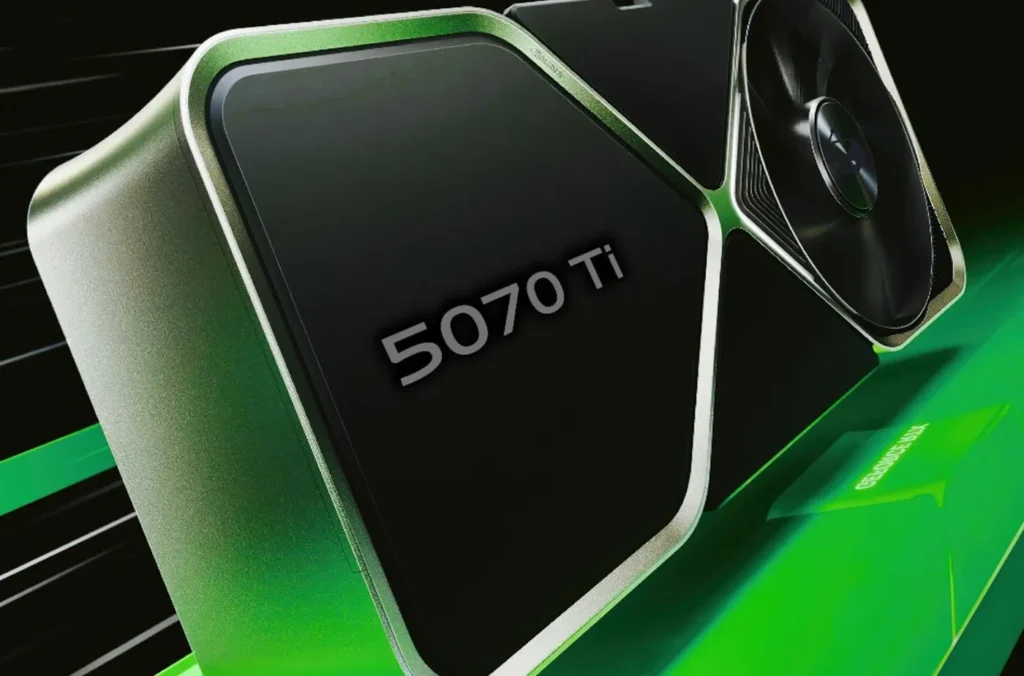The NVIDIA GeForce RTX 5070 Ti has been found with only 88 ROPs instead of the expected 96, which could potentially impact performance. This issue isn’t isolated; NVIDIA admitted that around 0.5% of their high-end GPUs, including the RTX 5090 and RTX 5070 Ti, come with fewer ROPs than advertised. While the exact number remains unconfirmed, it raises concerns among users who expect transparency. Failing to disclose such details about reduced specs is troubling, as it affects the overall performance customers anticipate. If you thought the controversy over the RTX 5090’s ROP count was over, think again—this time, the focus shifts to the RTX 5070 Ti. Though NVIDIA claims the issue is minimal, evidence suggests it may be more widespread than they’re letting on.

A Facebook post shared by @GawroskiT includes a GPU-Z screenshot that exposes an RTX 5070 Ti with only 88 ROPs, instead of the official count of 96. Although the specific model and manufacturer remain unclear, this confirms that such GPUs are indeed circulating in the market. With an 8.4% reduction in ROPs, gaming performance is likely to take a hit, contrary to NVIDIA’s claim of a 4% average impact. The actual effect can vary depending on the games being played, but the discrepancy is significant enough to raise concerns. Customers are paying full price—or even higher due to supply shortages—for a product that doesn’t meet its advertised specs, making this issue hard to overlook. Transparency from NVIDIA would go a long way in addressing these growing doubts.

A closer examination of this specific RTX 5070 Ti variant reveals that the reduction in ROPs has taken a toll on its Pixel Fillrate, which is closely tied to ROP performance. Normally, an RTX 5070 Ti with 96 ROPs offers a Pixel Fillrate of 287.7 GPixel/s. However, the affected version delivers just 223.7 GPixel/s, largely due to a lower boost clock. Even if the boost clock were raised to 2.99 GHz, the Pixel Fillrate would only reach 263.12 GPixel/s—a drop of approximately 9% compared to the standard model.
This situation highlights a concerning lack of transparency from NVIDIA and its partners. By failing to inform customers about these spec reductions, even though the cards pass quality assurance tests, they risk misleading buyers. Although NVIDIA claims these units represent just 0.5% of total production, this could still translate to thousands of impacted GPUs in the market. Such discrepancies demand clearer communication to maintain consumer trust.

